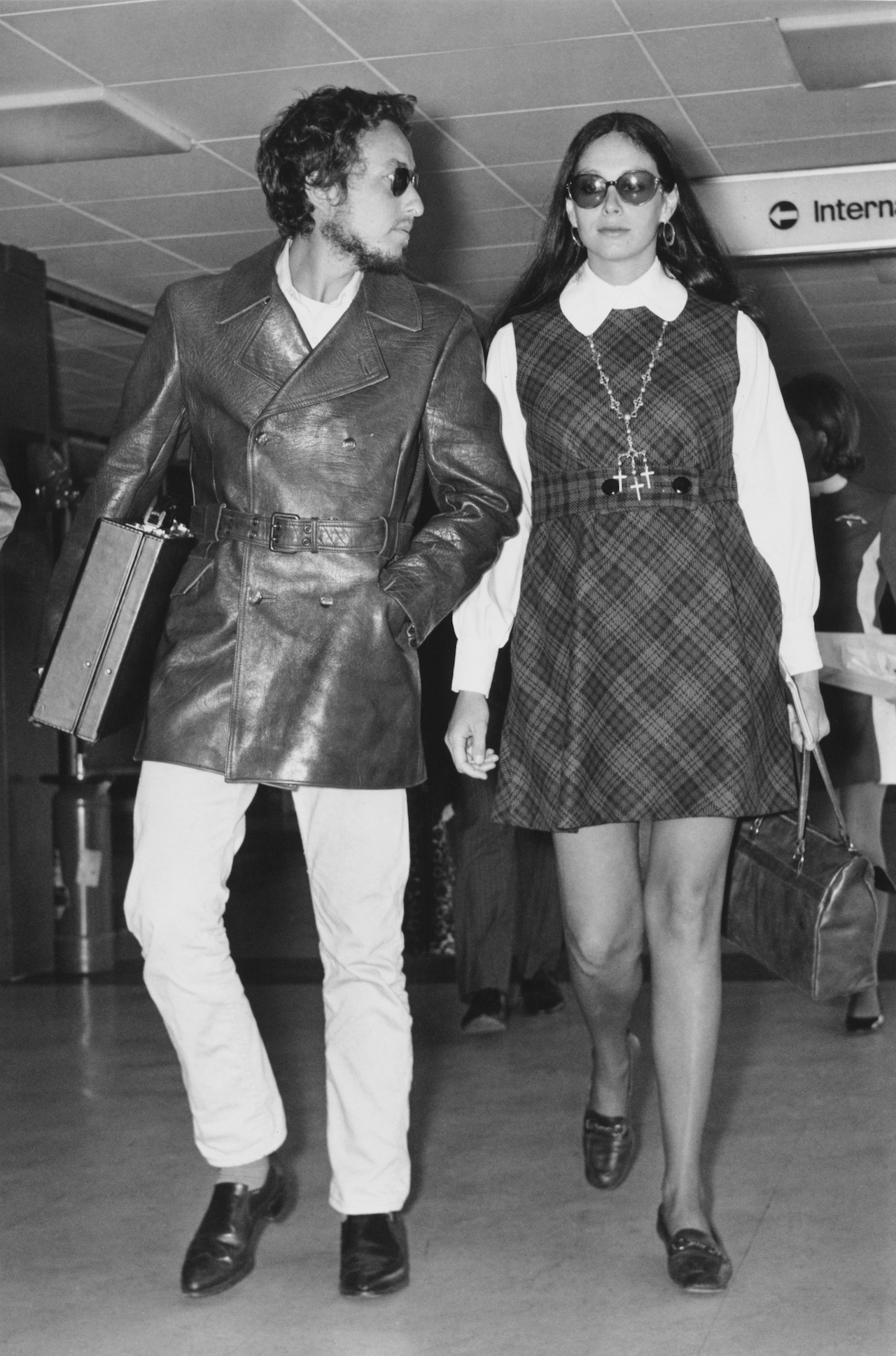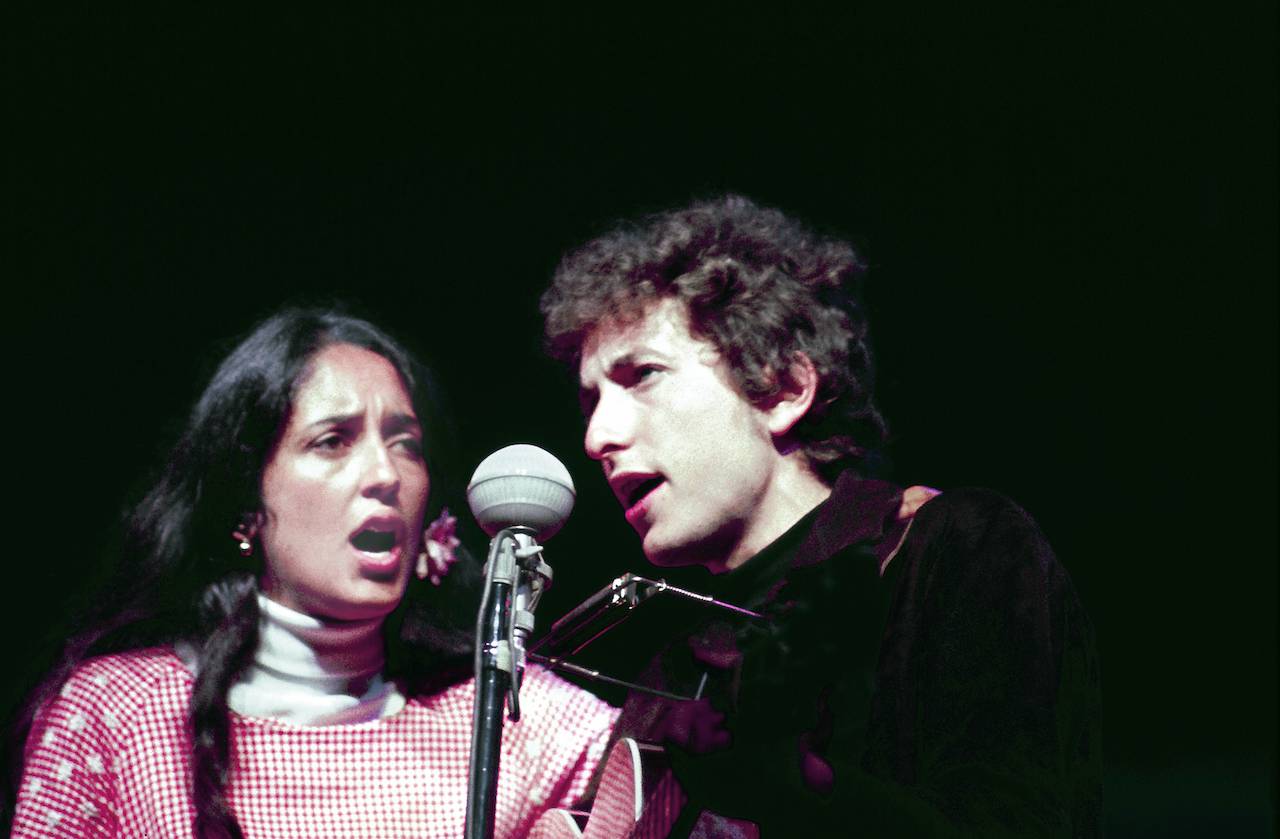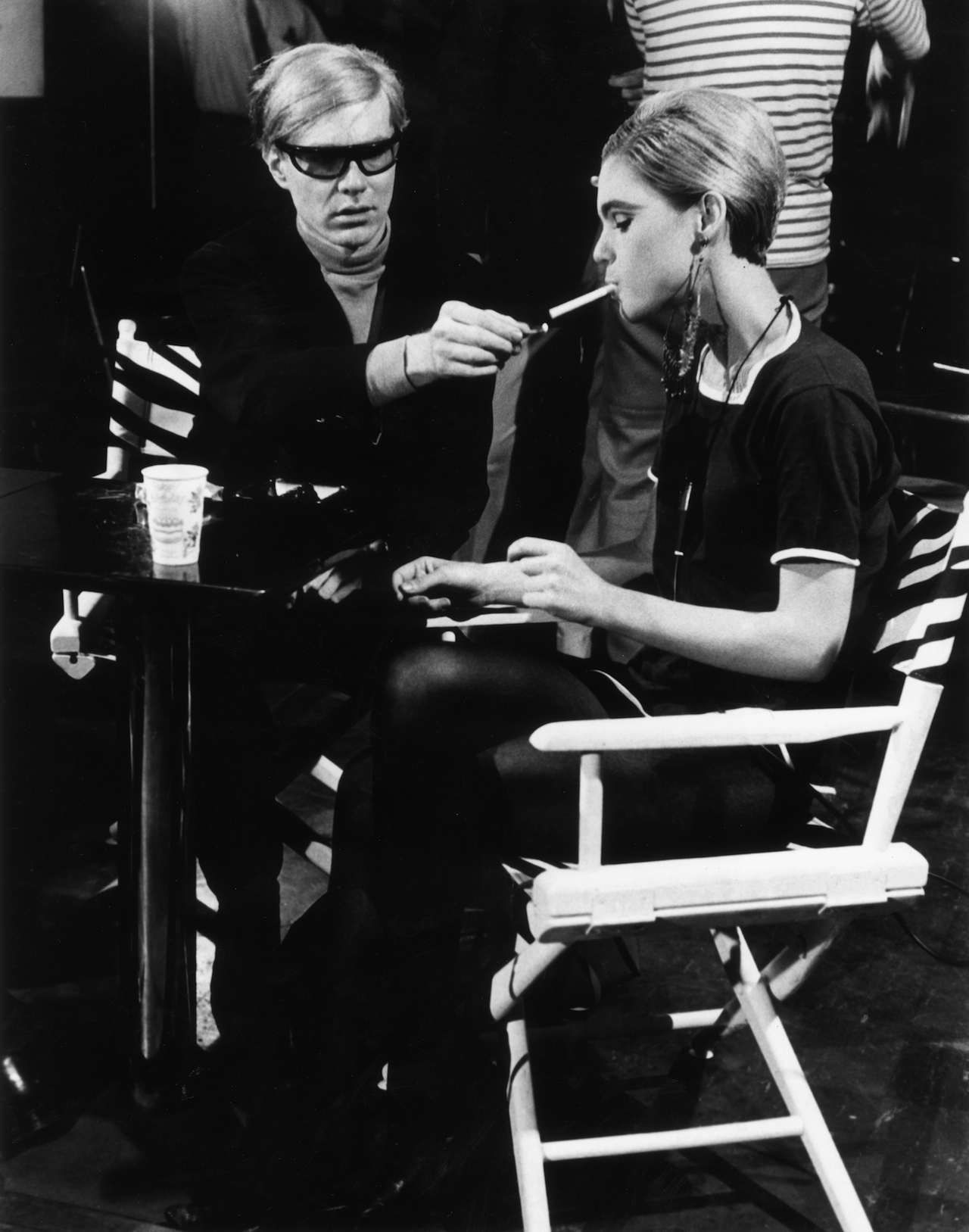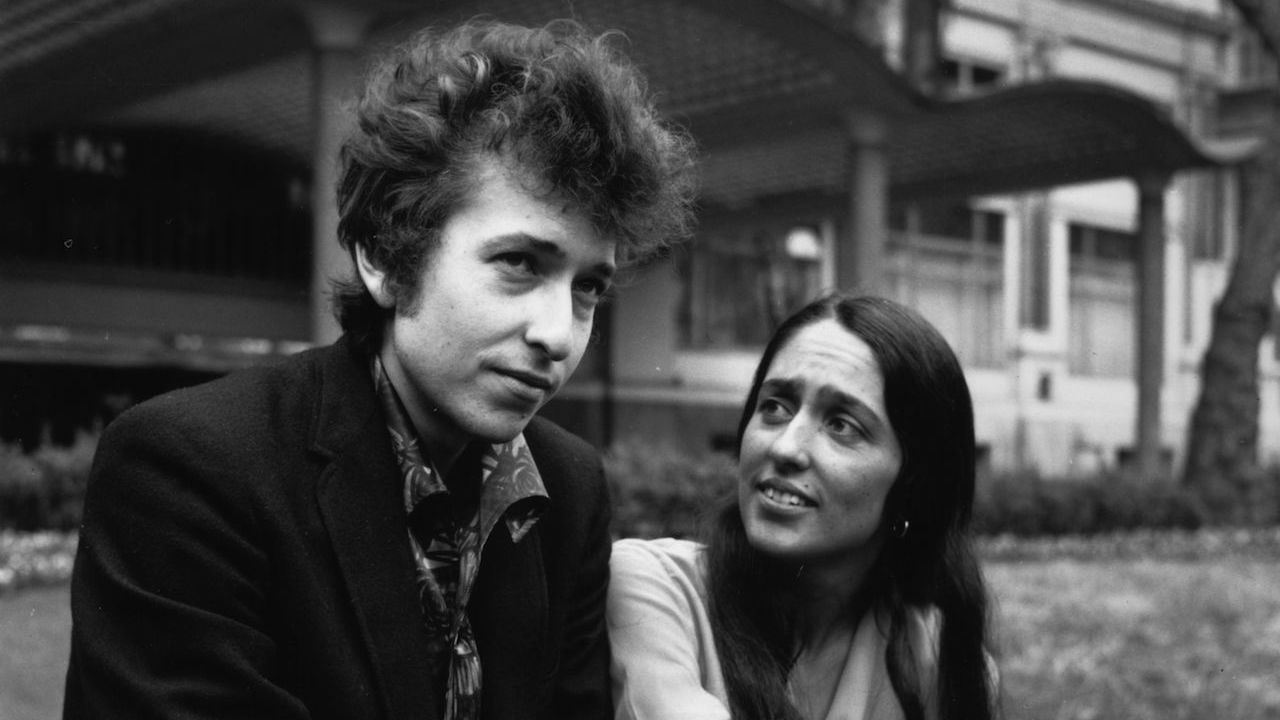While Bob Dylan made his reputation as a master of social polemic, it’s easy to forget that women have been a constant source of fascination in his songs. Indeed, he once confessed that the first thing he ever wrote was a one-chord tribute to Brigitte Bardot. Here are 10 ageless (and more considered) examples of Dylan as distaff diarist.
—
10) Sara (Desire, 1976)
Dylan’s 10-year marriage was faltering by the time he came to record Desire in late ’75. This elegantly mournful ballad veers from devotion to despair, Dylan addressing his wife with a raw vulnerability. It even contains the self-reflexive lines: ‘Stayin’ up for days in the Chelsea Hotel / Writin’ Sad-Eyed Lady Of The Lowlands for you.’

9) The Lonesome Death Of Hattie Carroll (The Times They Are A-Changin’, 1964)
One of Dylan’s most impassioned protest songs also serves as a wider attack on hypocrisy and racial inequality. Accompanied by strummed guitar and piping harmonica, this is a searing account of the death of black barmaid Carroll at the hands of drunken white tobacco heir, William Zantzinger. The latter was sentenced to just six months in country jail.
8) Girl From The North Country (The Freewheelin’ Bob Dylan, 1963)
A disarmingly simple address to an old flame, told from the viewpoint of a man who just can’t forget her. Dylan later revived it for a Johnny Cash duet on 1969’s Nashville Skyline, while the subject of the song is believed to be either Echo Helstrom, Bonnie Beecher or Suze Rotolo.
7) Sad-Eyed Lady Of The Lowlands (Blonde On Blonde, 1966)
This towering finale to Blonde On Blonde, taking up an entire side of vinyl, was recorded less than three months after Dylan’s marriage to Sara Lownds. An epic portrait of adoration, with references to silver crosses, mercury mouths and prayers like rhymes, Dylan once told Rolling Stone that “I just got carried away with the whole thing… I started writing and I couldn’t stop”.
- Q&A: Patti Smith
- Bob Dylan goes electric, and the world changes
- The 11 best political songs by Bruce Springsteen
- The Top 10 Best Bob Dylan Covers
6) Brownsville Girl (Knocked Out Loaded, 1986)
Knocked Out Loaded may be one of Dylan’s more forgettable albums, but it’s redeemed by the inclusion of this 11-minute epic, co-written with playwright Sam Shepard. The song is a nostalgic paean to an ex-lover – ‘I can still see the day that you came to me on the painted desert / In your busted down Ford and your platform heels’ – interspersed with memories of old Western movies.
5) Queen Jane Approximately (Highway 61 Revisited, 1965)
Generally assumed to be about Joan Baez, the folkie queen who had once captured Dylan’s heart, this minor masterpiece covers a fair amount of emotional ground, from bitterness to contempt to compassion. Dylan himself tried to dampen all the speculation by telling writer Nora Ephron that, actually, “Queen Jane is a man”.

4) Just Like A Woman (Blonde On Blonde, 1966)
The common consensus says that this song is about one of two women – Joan Baez and doomed Warhol acolyte Edie Sedgwick – or perhaps both. But it also works as a complex study of vulnerability and obsession, written from the viewpoint of someone who finds the opposite sex a deep and mysterious enigma.

3) Visions Of Johanna (Blonde On Blonde, 1966)
A harmonica intro gives way to a wonderfully rich and allusive portrait of a man drawn to two different women, without ever being able to fully resolve which one he prefers. It’s also one of Dylan’s most nuanced vocal performances, beautifully framed by Joe South’s bassline and Al Kooper’s soulful Hammond rhythm.
2) Tangled Up In Blue (Blood On The Tracks, 1975)
A wistful, novelistic tale of two lovers wrenched apart by the present, with only the sureties of the past for comfort, this imagistic tale was written as Dylan’s marriage began to falter. Supposedly informed by Cubism, which Dylan was studying at the time, he’s said that the song took “10 years to live and two years to write”.
1) Isis (Desire, 1976)
Co-written with Jacques Levy and driven by Dylan’s two-note piano motif and Scarlet Rivera’s violin, this gypsified travelogue describes a shady quest with a bounty hunter across nameless frontier country. Pyramids, empty tombs and death ensue, as the narrator decides to return to his estranged wife, ‘just to tell her I love her’. Classic allegorical Dylan.
—

